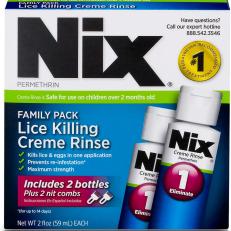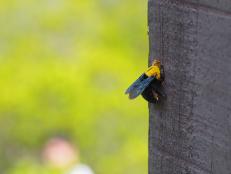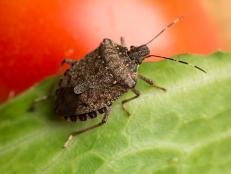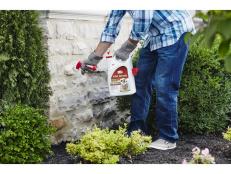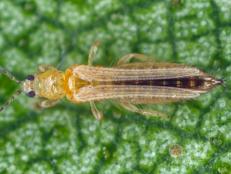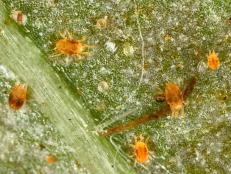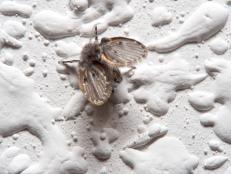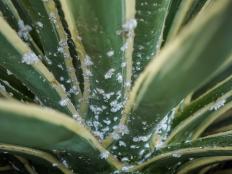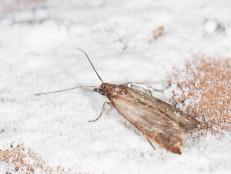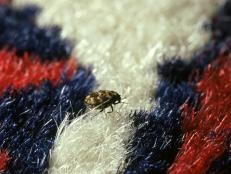How to Get Rid of Lice
Mitigate a lousy lice infestation with these easy and effective tips.

“A few students in the classroom have lice. We just wanted to make you aware.” Those are the mood-altering words that can turn any calm parent into one who feels vulnerable and covered with bugs. Lice is very common among school-aged children because it is quite contagious. When you need to prevent or eliminate an infestation, where do you start?
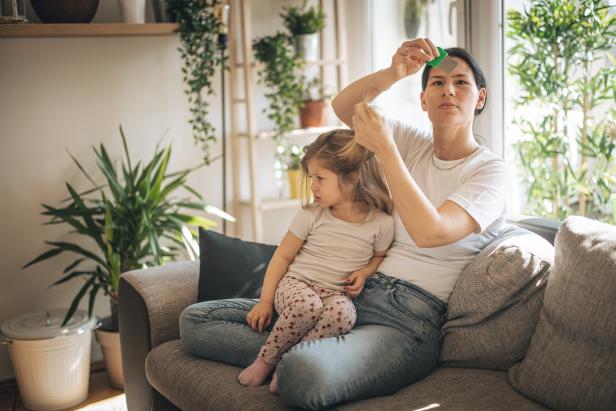
freemixer
Though there are many solutions and treatment recommendations, one thing is very important to remember: Lice are parasitic insects and cannot live without a host. They won’t fall off a person and continue to thrive in bedding or in corners of your home for very long without finding a new human food source. Because they have a short life span, the infestation can be controlled once it is identified.

KevinDyer
Being prepared to navigate an infestation starts with understanding the life cycle:
- An individual louse starts as an egg (known as a “nit”). Each nit looks like a transparent-yellowish speck about one millimeter in size. It will feel like a minuscule bead on a child’s fine hair, and it holds on tight. Nits can’t live without a human host and are most likely to die without hatching if not attached to a hair follicle.
- Nits hatch after seven to ten days, becoming a young louse (a “nymph”). Nymphs will immediately seek a food source, typically climbing hair strands to the human scalp.
- A nymph matures into an adult louse in nine to twelve days. They do not grow much larger than two millimeters. Mature lice will lay upwards of six eggs a day, which is why the infestation can get out of control quickly and become challenging to manage.
Also keep in mind that pets cannot be carriers of the same type of lice that affect humans, but louse can crawl to try and find another human food source. Lice spread between humans easily through shared hairbrushes, hats, pillows or helmets. If there’s an indication from your school or day care that lice was found on another student, take action immediately to make sure you manage an outbreak in your own home.

Letizia Le Fur
How to Identify and Remove Lice From Hair
Visual monitoring and hands-on management is the most surefire way to effectively manage lice. Over-the-counter treatments such as Rid, Nix and even Cetaphil Cleanser are often used in conjunction with hair conditioners and creams which help to immobilize the lice and make it easy to pull a special narrow-toothed comb through a child’s hair. Whether using a medicated or non-medicated solution, attentively combing and thoroughly looking at the child’s scalp is the most important thing to do.
For the most effective resolution, you’ll need to be consistent and thorough.
Follow these tips:
- Set yourself up in a very well-lit bathroom where you can keep the water in the sink flowing at a slow trickle. The running water will allow you continuously clean the comb and wash eggs and nits down the drain.
- Spot check your child’s dry hair to look for signs of lice and nits. Check specifically around the back of the neck and behind their ears. Invite them to point at areas of their scalp if they feel itchy, and target those zones.
- Coat the child’s hair in the preferred treatment solution to help condition and smooth out tangles.
- For a child with long hair, separate it into sections to make the job manageable. A small ponytail on the top of the head, two sections dividing the back, and one section along the nape of the neck have worked well for me in the past.
- Using a fine-tooth comb, start by combing through each section, focusing on a small group of hairs at a time. Look at the entire length of hair from the follicle to the end for signs of eggs and small nits. Mature lice may be more likely to be jumpy.
- You may be able to feel the eggs in the hair more easily than you can see the nearly transparent shell. It will feel like a knot in your child’s single strand of hair. In my experience, the fine-tooth comb isn’t always good enough to get tiny eggs out, but pinching the egg and sliding it down the hair between your fingers can be effective (and for this reason, I told you it’s really nice to leave that water running at a trickle).
- Comb section-by-section, and then double-check your work and make sure they didn’t migrate during the process. Beginning to end, this can take between 30 minutes and 2 hours depending on the child and their hair length and thickness.
- Allow your child to wash their hair like normal with a lice shampoo. Some specialists may ask you to blow-dry the child’s hair too, but always follow the instructions of the treatment you used, as you may risk damage to the hair and skin if you're using an alcohol-based product.
- For ongoing care, consider a gentle herbal conditioner with scents and oils like rosemary and citronella that help to repel lice.
- Spot check behind the ears and around the nape of the neck daily both morning and night, and repeat the thorough combing process routine three times over the course of a week to allow overlooked eggs the chance to hatch to be more visible.
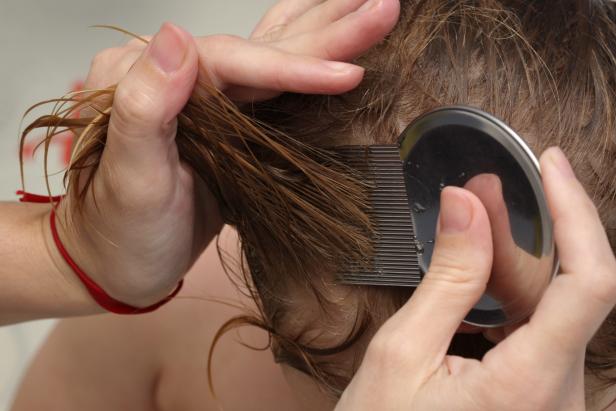
KevinDyer
Cleaning and Treating Lice Around the Home
Lice are parasitic, so while you can expect to find most of them happily living on the human head, it is likely that nymphs and mature lice are in other heavily used areas of your home, such as on couch cushions, bedding and carpets where your child plays the most.
One good thing to remember is that without the food source, it’s not likely that they’ll survive more than 48-72 hours on their own, so any degree to which you can isolate your family from those areas is to everyone’s benefit.
While you focus on hair treatments, do the following:

©iStockphoto.com/Serdiukov
- Strip bedsheets and launder blankets normally in the washer and dryer. The heat of the dryer is what will kill lice. If your child has been in a guest bed or co-sleeping, change those sheets, too. If your child on a top bunk has lice, also change the sheets on the lower bunk (ask me how I know to do this). Plan to do this daily on any bedding a person who has lice is using.
- Wash all clothing that your child has worn recently, including seasonal wear such as winter hats, scarves and jackets.
- Remove car seat covers and launder if necessary.
- Vacuum floors and carpets, and use upholstery attachments on furnishings.
- Treat hairbrushes, combs and hair accessories by putting them in the freezer for 72 hours, and then soak them in hot water at 130-degrees for 10 minutes.
- And again, as a precaution, if you can isolate yourself from rooms where you suspect lice may have been transferred onto furniture or carpets, any remaining lice or eggs will die within a few days.







